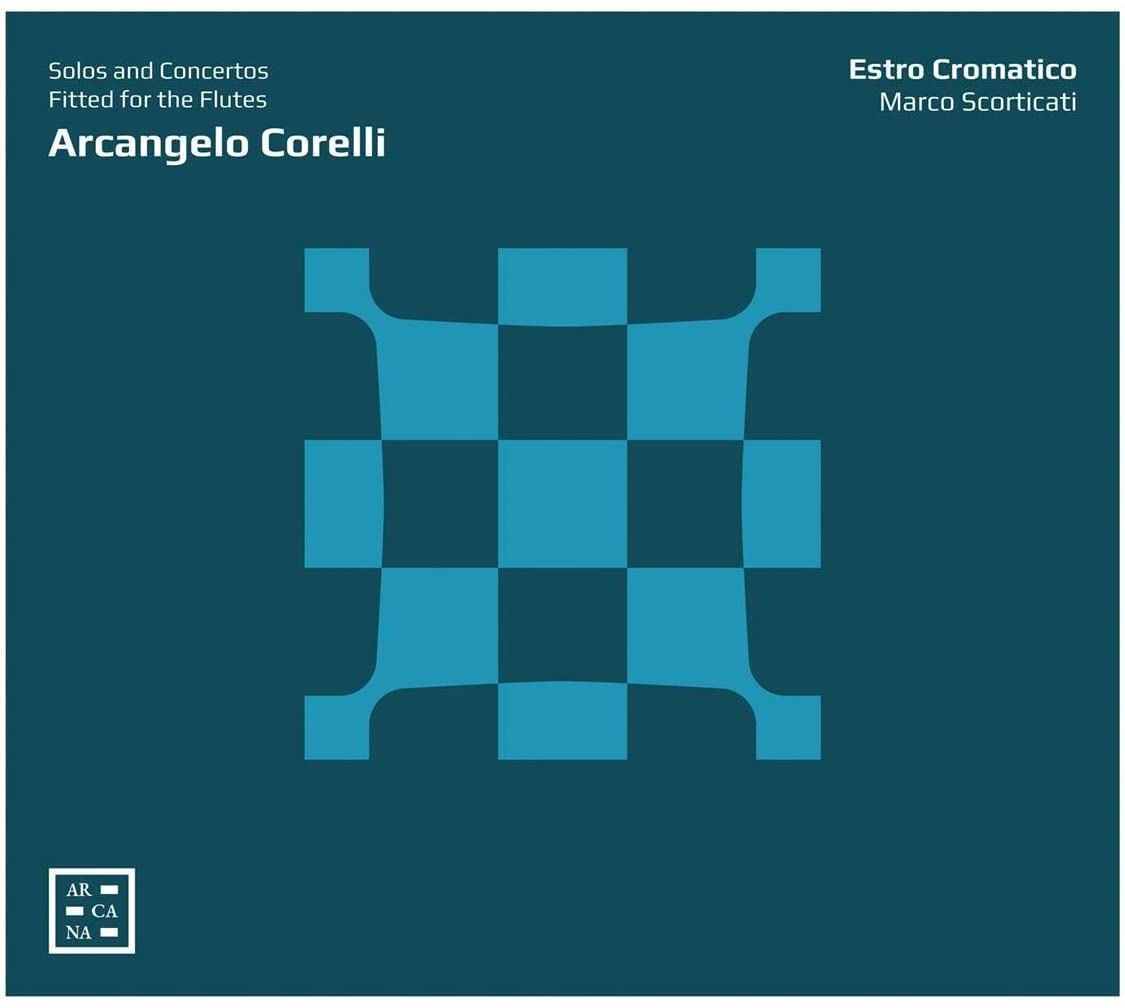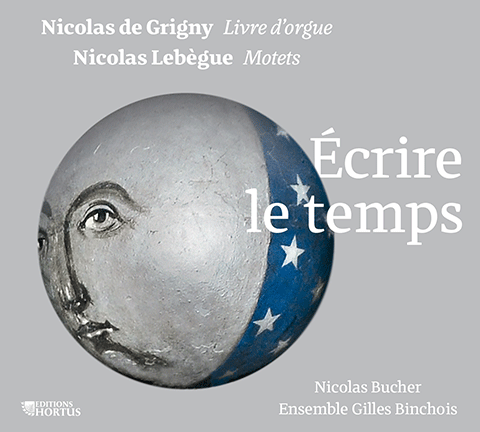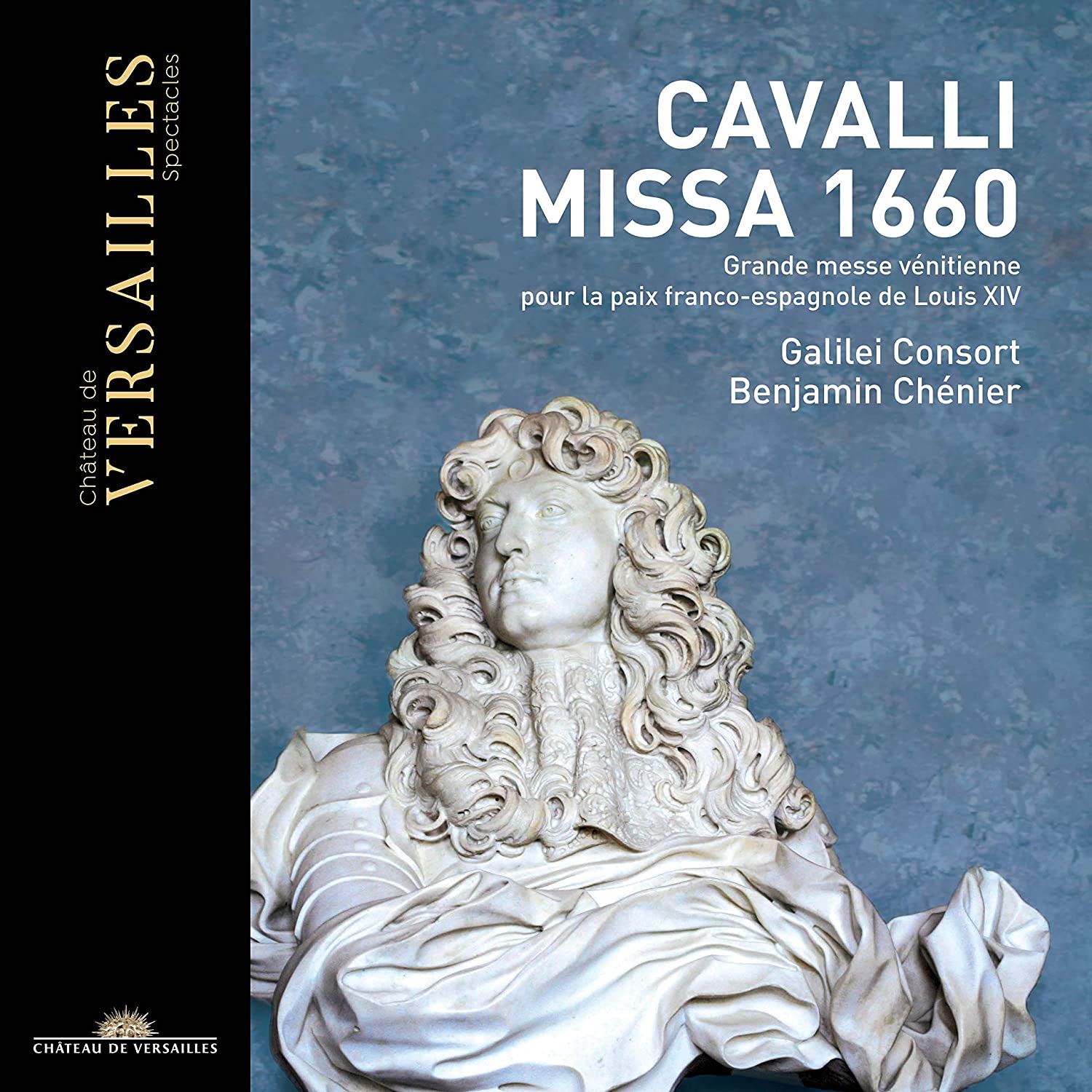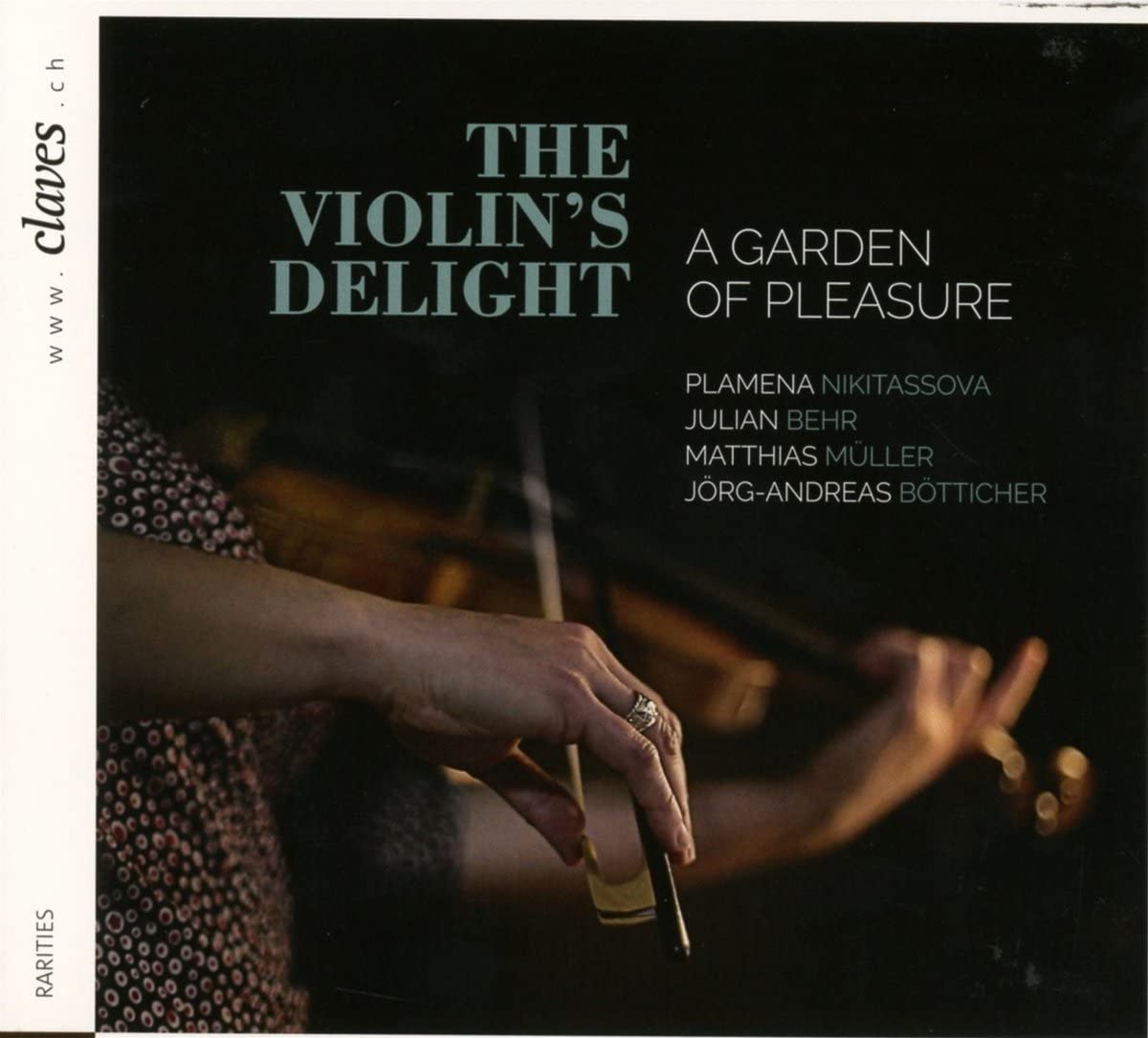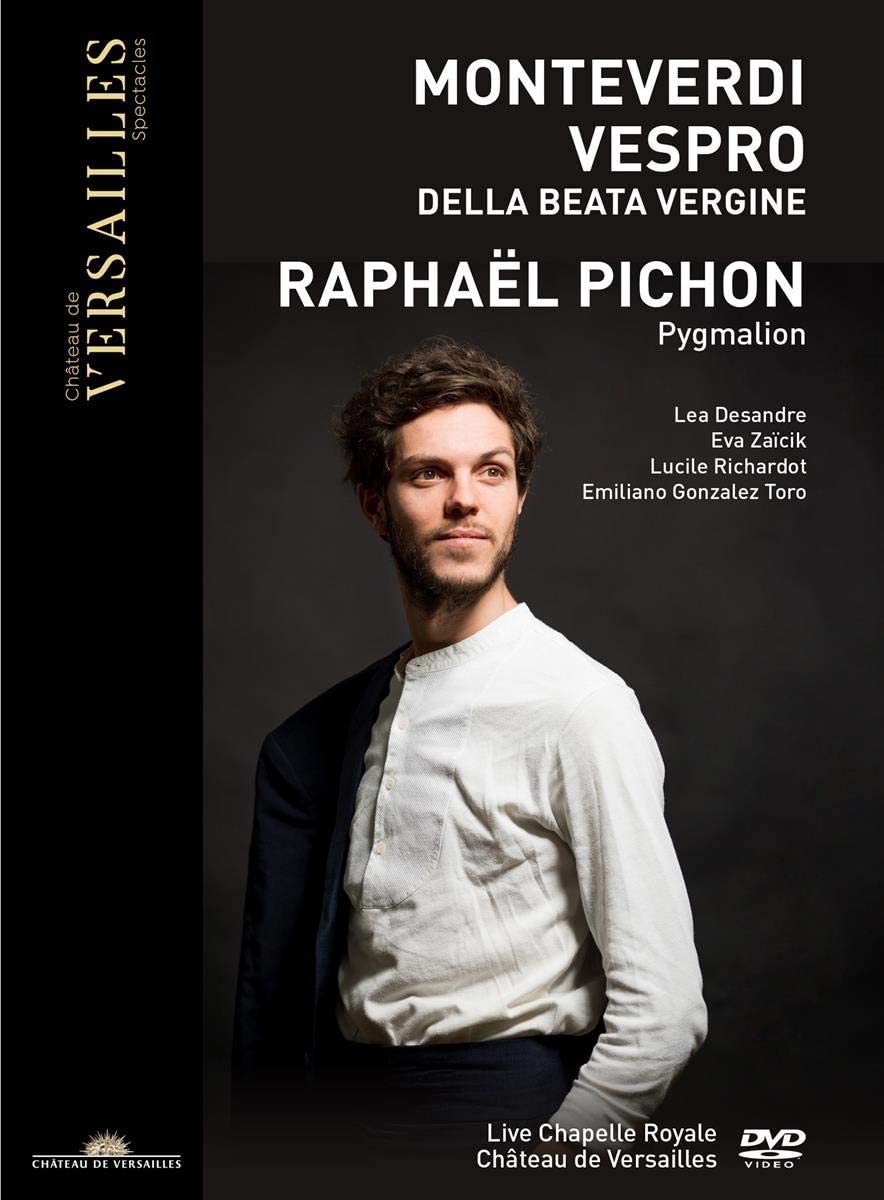Estro Cromatico, Marco Scorticati
57:38
Arcana A112
Click HERE to buy this on amazon.co.uk
Corelli at his most inventive and lyrical, beautiful recorder playing sympathetically supported by a classy continuo team – I need hardly say any more! Well, I should probably address the issue that Corelli probably wrote no original music for recorders, and that these Sonatas and Concerti ‘fitted for the flutes’ were arrangements published in London in 1702, 1707 (the Sonatas) and 1725 (the Concerti) to satisfy the enormous demand for music for the newly fashionable recorder. The Sonatas are arranged from Corelli’s op 5 Violin Sonatas, and while they sound technically very demanding, they are played here with enormous assurance. The Concerti, on the other hand, are arrangements of Corelli’s famous op 6 Concerti Grossi, – ironically in their first edition of 1720 inexplicably missing out one or two of the more famous movements, such as the famous Christmas music! These were restored in the 1725 edition performed here, allowing the CD to end with this charming seasonal music which sounds like it was written with recorders in mind! Indeed all of these concerto arrangements sound utterly convincing on two recorders and continuo, and Estro Cromatico perform them with considerable flair, tastefully decorating as appropriate. It is easy to hear the influence of these transcriptions on the resident London composers such as Paisible, Loeillet and Sammartini, all of whom produced substantial amounts of music for recorders and some of whom may even have been involved in the Corelli arrangements. The indefatigable John Walsh, Handel’s chief publisher, was the driving force behind the publication of these arrangements, which proved very popular at the time, and provide recorder players nowadays with legitimate access to the music of Corelli.
D. James Ross
